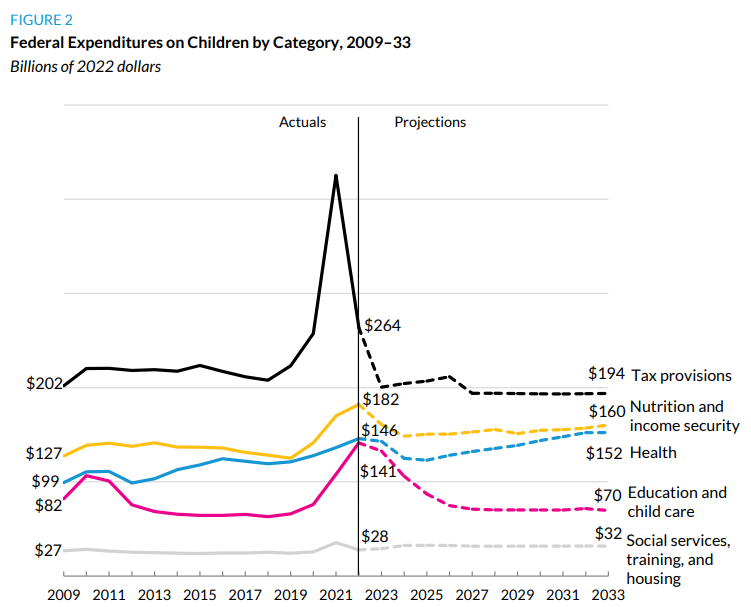Who’s a Joint Employer Now? New NLRB Rule Drastically Expands Joint Employer Definition
On October 26, 2023, the National Labor Relations Board (the “Board”) released a final rule which vastly broadens the standard for determining joint-employer status under the National Labor Relations Act (“NLRA”) and makes it easier for the Board to find a joint employer relationship. This updated standard rescinds and replaces the prior standard under the 2020 final rule, discussed in our blogs here and here. The new final rule makes three key changes:
- Entities are considered joint employers if the two share or codetermine the employee’s essential terms and conditions of employment, rather than only when the entity had direct and immediate control of the same;
- Essential terms and conditions of employment are defined more broadly and now overlap with the core subjects of collective bargaining under the NLRA; and
- Reserved or indirect control of essential terms and conditions of employment can trigger joint employer status based on a case-by-case analysis.
First, the new rule establishes that two or more entities may be considered joint employers of a group of employees if each entity has an employment relationship with the employees, and if the entities share or codetermine at least one or more of the employees’ essential terms and conditions of employment. Under the prior rule, an employer could be a joint employer with another entity if it had direct and immediate control over the essential terms and conditions of employment, as defined by preexisting case law.
Second, the Board took the additional step of redefining “essential terms and conditions of employment,” which again significantly broadens the definition from the 2020 rule. The definition of essential terms and conditions of employment now includes the following:
- wages, benefits, and other compensation;
- hours of work and scheduling;
- the assignment of duties to be performed;
- the supervision of the performance of duties;
- work rules and directions governing the manner, means, and methods of the performance of duties and the grounds for discipline;
- the tenure of employment, including hiring and discharge; and
- working conditions related to the safety and health of employees.
This definition is very broad and overlaps exactly with the Board’s “core subjects of collective bargaining” within the NLRA, giving credence to the belief that this final rule is the Board’s attempt to increase the ability of employees to unionize.
Third, the new rule provides that entities with reserved or indirect control may also constitute a joint employer. Indirect control is when an entity has the authority to exercise control through an intermediary or third parties. Notably, “extent of control” is no longer determinative as even indirect or unexercised control over the terms and conditions of employment is enough to trigger joint employer status under this standard. For example, if a contract allows for an entity to control discipline and discharge, that entity may be considered a joint employer even if the entity never exercises a contractual right to exert that indirect control. The rule is set to take effect December 26, 2023, and does not apply retroactively.
Key Takeaways
The implications of this final rule are significant for any employer deemed a joint employer under this broadened standard. Employers deemed to be joint employers could be held liable for one another’s unfair labor practices under the NLRA. Further, entities deemed to be joint employers will be required to bargain over the essential terms and conditions and other mandatory subjects of bargaining that it possesses or exercises the authority to control, thus expanding the number of parties required to participate and bargain with unions for collective bargaining agreements. Further, under this broadened standard, negotiations with unions could encompass a wider number of issues that are further complicated by the number of parties now required to participate and reach agreement.
We anticipate the final rule will be faced with a number of challenges in the courts or in Congress. Already, two U.S. senators on either side of the aisle have committed to introduce a Congressional Review Act resolution to overturn the final rule due to the risks to the franchise business model and to small businesses, who would disproportionately feel the impacts of additional bargaining requirements.
As a result of the final rule, employers should evaluate their current arrangements and agreements with subcontractors, staffing agencies and other entities to determine whether those agreements risk a joint employer determination and could be interpreted as reserving the right to potentially control any essential term or condition of another entity’s employees. Additionally, employers may want to consider altering their current practices with regards to employees of third parties that work on their premises to determine whether any conduct may indicate shared or codetermined control over that another entity’s employees.






